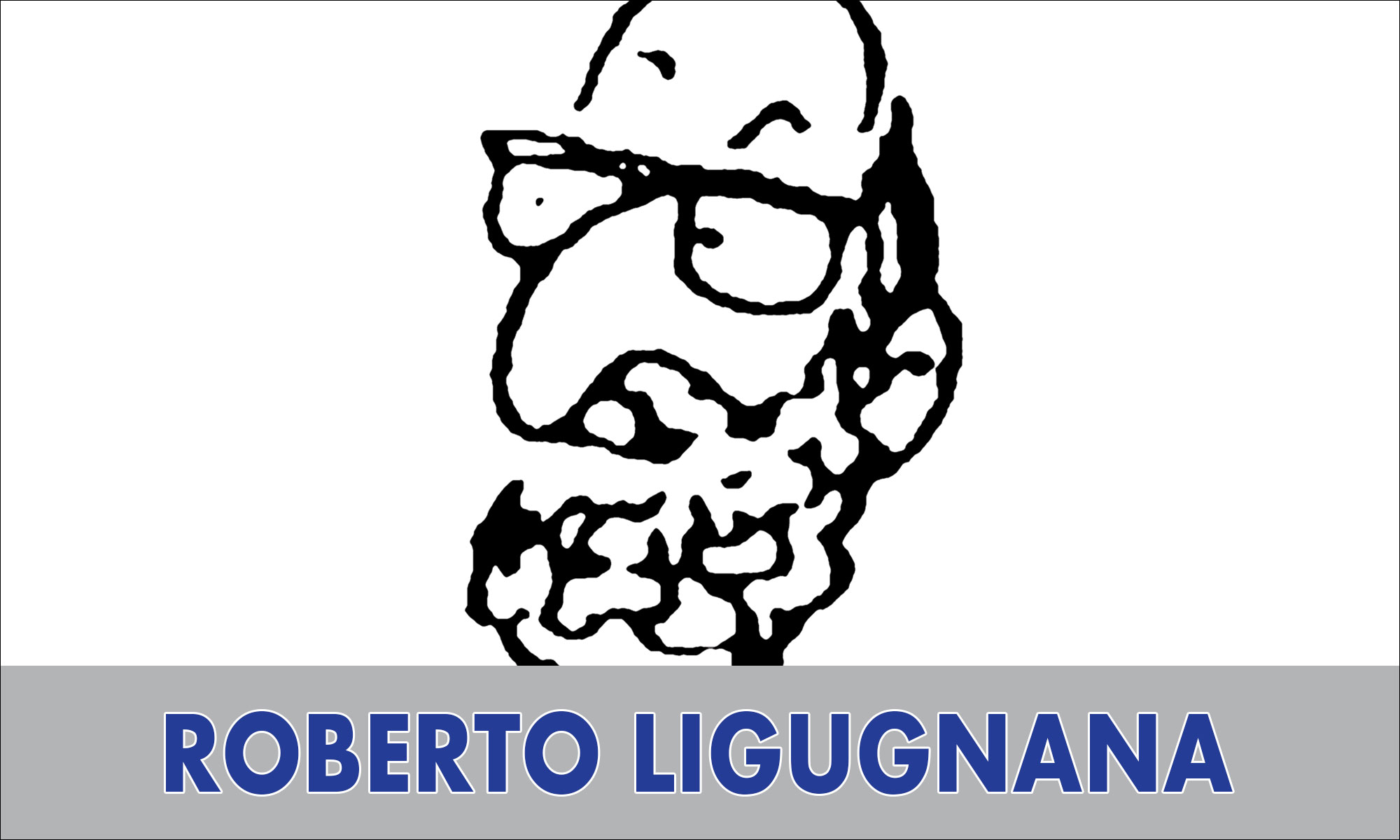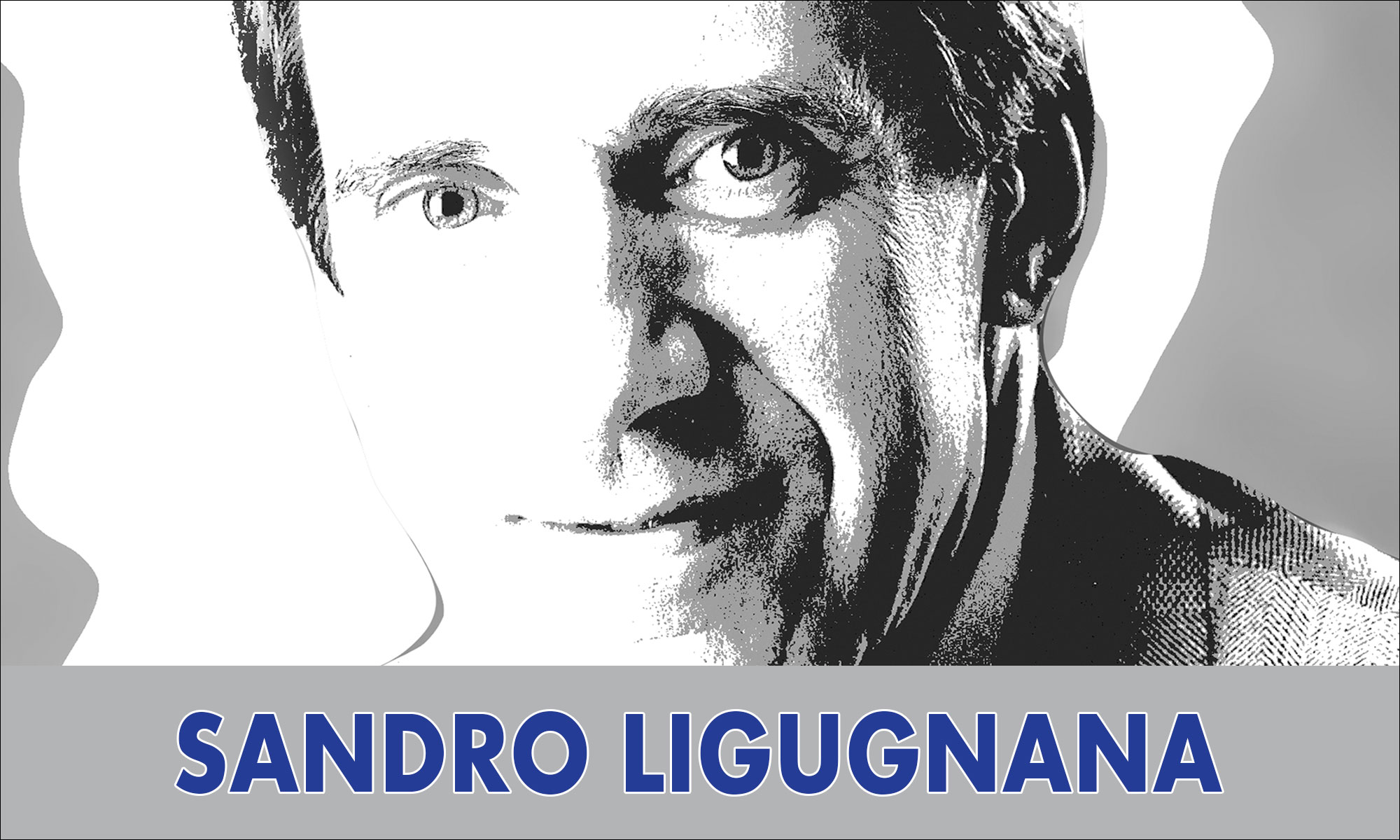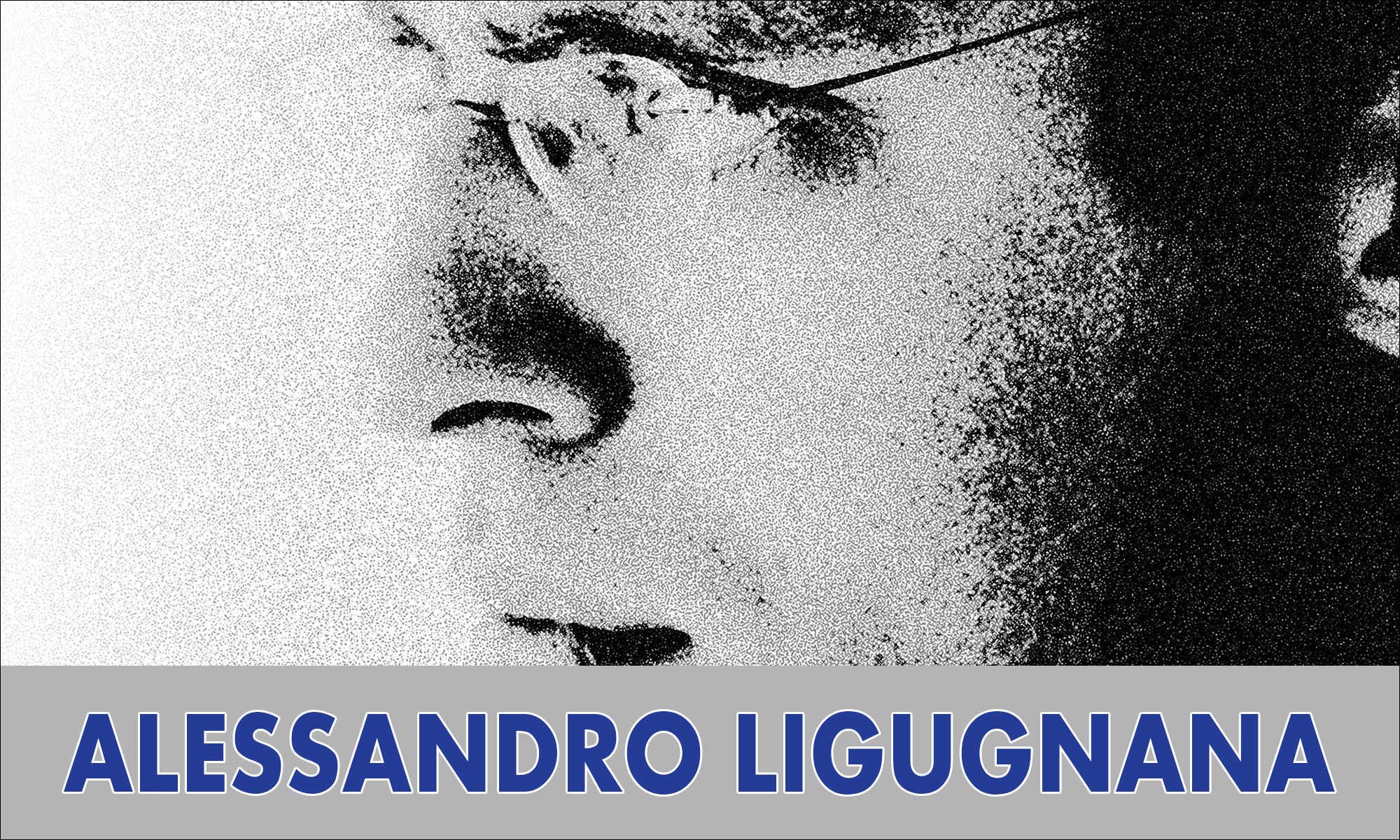THE FATHERS OF THE SCIENCE Alexander Fleming (1881 – 1955)
Alexander Fleming (1881 – 1955)
He was a Scottish biologist and pharmacologist. Fleming published many articles on bacteriology, immunology and chemotherapy. His best-known achievements are the discovery of the enzyme lysozyme in 1923 and the antibiotic substance penicillin from the fungus Penicillium notatum in 1928, for which he shared the Nobel Prize in Physiology or Medicine in 1945 with Howard Walter Florey and Ernst Boris Chain.
In 1999, Time Magazine named Fleming one of the 100 Most Important People of the 20th Century for his discovery of penicillin, and stated; “It was a discovery that would change the course of history. The active ingredient in that mold, which Fleming named penicillin, turned out to be an infection-fighting agent of enormous potency. When it was finally recognized for what it was—the most efficacious life-saving drug in the world—penicillin would alter forever the treatment of bacterial infections. By the middle of the century, Fleming’s discovery had spawned a huge pharmaceutical industry, churning out synthetic penicillins that would conquer some of mankind’s most ancient scourges, including syphilis, gangrene and tuberculosis”.
Fleming served throughout World War I as a captain in the Army Medical Corps, and was mentioned in dispatches. He and many of his colleagues worked in battlefield hospitals at the Western Front in France. In 1918 he returned to St. Mary’s Hospital, which was a teaching hospital. He was elected Professor of Bacteriology in 1928.
After the war Fleming actively searched for anti-bacterial agents, having witnessed the death of many soldiers from septicemia resulting from infected wounds. Unfortunately antiseptics killed the patients’ immunological defences more effectively than they killed the invading bacteria. In an article he submitted for the medical journal The Lancet during World War I, Fleming described an ingenious experiment, which he was able to conduct as a result of his own glass blowing skills, in which he explained why antiseptics were actually killing more soldiers than infection itself during World War I. Antiseptics worked well on the surface, but deep wounds tended to shelter anaerobic bacteria from the antiseptic agent, and antiseptics seemed to remove beneficial agents produced that actually protected the patients in these cases at least as well as they removed bacteria, and did nothing to remove the bacteria that were out of reach. Sir Almroth Wright strongly supported Fleming’s findings, but despite this, most army physicians over the course of WWI continued to use antiseptics even in cases where this worsened the condition of the patients.
“When I woke up just after dawn on September 28, 1928, I certainly didn’t plan to revolutionize all medicine by discovering the world’s first antibiotic, or bacteria killer,” Fleming would later say, “But I guess that was exactly what I did”.
By 1928, Fleming was investigating the properties of staphylococci. He was already well-known from his earlier work, and had developed a reputation as a brilliant researcher, but his laboratory was often untidy. On 3 September 1928, Fleming returned to his laboratory having spent August on vacation with his family. Before leaving he had stacked all his cultures of staphylococci on a bench in a corner of his laboratory. On returning, Fleming noticed that one culture was contaminated with a fungus, and that the colonies of staphylococci that had immediately surrounded it had been destroyed, whereas other colonies further away were normal. Fleming showed the contaminated culture to his former assistant Merlin Price who said “that’s how you discovered lysozyme.” Fleming identified the mould that had contaminated his culture plates as being from the Penicillium genus, and—after some months’ of calling it “mould juice”— named the substance it released penicillin on 7 March 1929.
He investigated its positive anti-bacterial effect on many organisms, and noticed that it affected bacteria such as staphylococci, and many other Gram-positive pathogens that cause scarlet fever, pneumonia, meningitis and diphtheria, but not typhoid fever or paratyphoid fever—which are caused by Gram-negative bacteria—for which he was seeking a cure at the time. It also affected Neisseria gonorrhoeae, which causes gonorrhoea although this bacterium is Gram-negative.
Fleming published his discovery in 1929, in the British Journal of Experimental Pathology, but little attention was paid to his article. Fleming continued his investigations, but found that cultivating penicillium was quite difficult, and that after having grown the mould, it was even more difficult to isolate the antibiotic agent. Fleming’s impression was that because of the problem of producing it in quantity, and because its action appeared to be rather slow, penicillin would not be important in treating infection. Fleming also became convinced that penicillin would not last long enough in the human body (in vivo) to kill bacteria effectively. Many clinical tests were inconclusive, probably because it had been used as a surface antiseptic. In the 1930s, Fleming’s trials occasionally showed more promise, and he continued, until 1940, to try to interest a chemist skilled enough to further refine usable penicillin.
Fleming soon abandoned penicillin, and not long after Florey and Chain took up researching and mass producing it with funds from the U.S and British governments. They started mass production after the bombing of Pearl Harbor. When D-day arrived they had made enough penicillin to treat all the wounded allied forces.

















